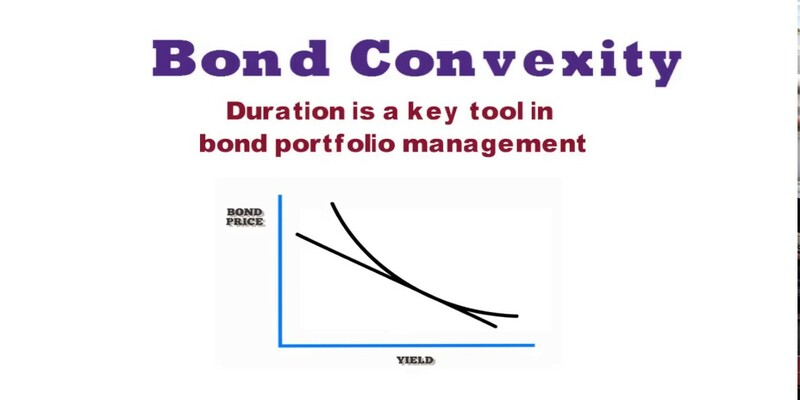Introduction
For nearly a century, the stock market has returned an average of 10% annually. Therefore, investors frequently refer to this as a general guideline when trying to project the future value of their investments or calculate the amount they will need to save to achieve an investment goal. In general, the performance of the S&P 500 index is used as a proxy for the stock market, and the 10% rule of thumb is reflective of the average yearly return throughout time. The market's health is represented by this index, which follows 500 of the largest corporations in the United States across 11 industries. Before 1957, when the S&P 500 was first developed, the Standard & Poor's 90 indexes were utilized instead.
Rule of 72
Everyone is constantly looking for the quickest and most reliable means of double their money. In any case, the Rule of 72 makes it straightforward to determine how long it will take for your money to double. Divide 72 by the investment product's rate of return to get your answer. The year total is the amount of time it will take for your money to double in value. Assume, for the sake of argument, that you have invested Rs 1 lakh in a product yielding a 6 percent rate of return. Now, let's see what happens when we split 72 by 6. That means after 12 years, your initial investment of Rs 1 lakh will be worth Rs 2 lakh.

Rule of 114
Similar to the 'rule of 72,' which estimates how long it will take to double your money, this Rule forecast how long it will take to triple your money. Rule 114's formula is mathematically equivalent to Rule 72. Divide the investment product's rate of return by 114 to get the answer. What's left is the timeframe in which your initial investment will have grown to three times its initial size. Thus, according to the Rule of 114, in 19 years, an investment of Rs 1 lakh in a commodity offering a return of 6% would grow to Rs 3 lakh.
Reasons to Change the Rules
Easily understood, right? Maybe not in that case. Although a simple rule of thumb might simplify retirement preparation, it may be time to reevaluate this. Investment in the United States has significantly transformed over the past few decades. For one thing, Harry Markowitz in the 1950s gave birth to the current portfolio theory. 1 Life expectancy has increased dramatically here, as in most developed nations. In contrast to the roughly 70-year average lifespan at the time the theory was developed, Americans now enjoy an average life expectancy of 77. 2 To what end we should interpret this? We need to save more, but we also have more time to let our money grow and bounce back from setbacks.
Keep 100 Minus Your Age in Stocks
This straightforward formula, which indicates the percentage of your portfolio that should be invested in bonds and stocks, has been used as a reliable resource for decades by investors. The rationale behind the Rule of thumb is that younger people have longer time horizons and can thus afford to take on more investment risk. As a result, an individual who is 30 years old would invest 70% (100 minus 30) of their total portfolio in equities, while an individual who is 60 years old would invest 40%. Since the average investor's time horizon decreases with age, shifting toward a higher fixed-income allocation is wise. Recently, 120 has become a benchmark, partly because average life expectancies have climbed over time while bond yields have declined.
How to Allocate Your Money
How do you decide how much to put into different types of investments? At the outset, you should save enough money in cash and income-generating investments to cover unexpected costs and short-term fund objectives. The following guideline should therefore be applied: Take your age in years and subtract 100; invest that much in stocks and the remainder in bonds. Invest 80% of your money in stocks and 20% in bonds if you're 20 years old. (Stocks and bonds are typically available in 401(k) programs; you may also purchase them in an individual retirement account.)

Conclusion
One of the cornerstones of investing is reducing exposure to risk as you get older. If you want to invest a certain percentage of your wealth, you may follow the Rule of investing that says you should put away an amount in stocks equal to 100 minus your age. Because of the rising cost of healthcare and the declining returns on many fixed-income investments, it may be necessary to revise this Rule as people live longer. Investing in stocks at a percentage of 110 or 120 below your age could be a wise move. Your investment strategy should also consider the age at which you plan to retire and the estimated amount of money you will require for living expenses.



